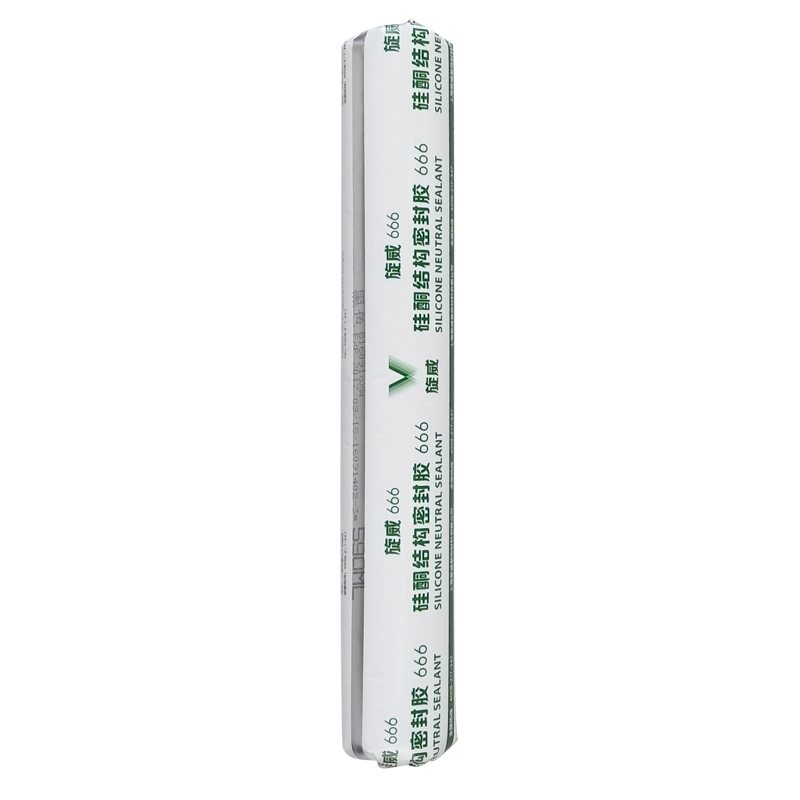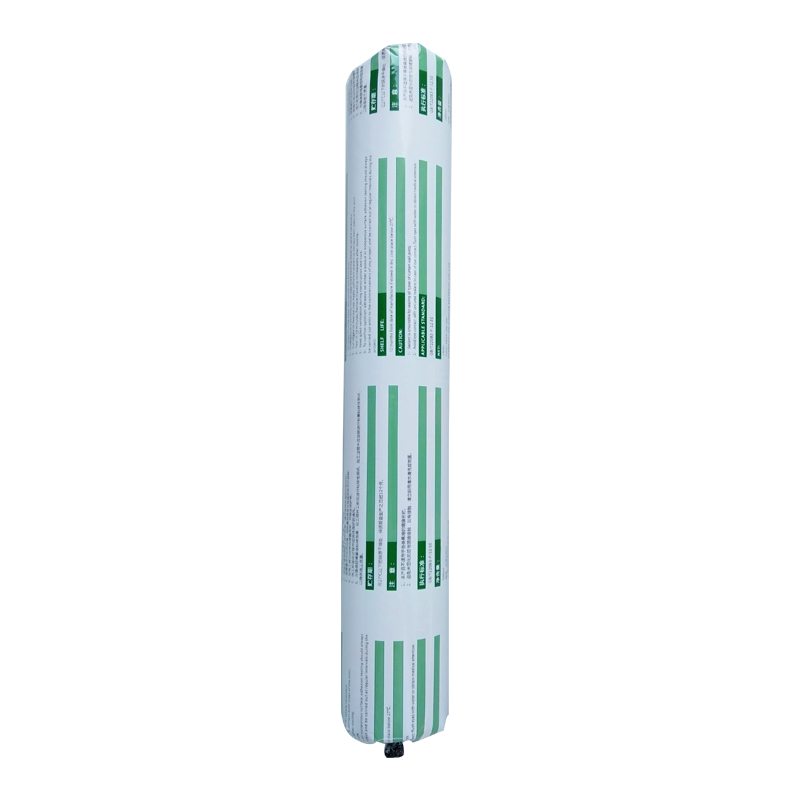10 Years Manufacturer SV-666 General Use Neutral Sealant for Zurich Factories
Short Description:
Description SV-666 neutral silicone sealant is a neutral curing glue single component, the modulus of the. It is specially designed for windows and doors caulking sealing general plastic doors and windows. It has good adhesion to glass and aluminum alloy, and has no corrosion. Where to use It is fit for multiple purpose sealing and bonding applications to form a silicone rubber adhering to adjacent substrates e.g. glass, ceramic, tile, wood and metal. Key Features 1. 100% silicone 2. Eas...
We depend on sturdy technical force and continually create sophisticated technologies to meet the demand of 10 Years Manufacturer SV-666 General Use Neutral Sealant for Zurich Factories, We welcome new and old customers from all walks of life to contact us for future business relationships and achieving mutual success!
Description
SV-666 neutral silicone sealant is a neutral curing glue single component, the modulus of the. It is specially designed for windows and doors caulking sealing general plastic doors and windows. It has good adhesion to glass and aluminum alloy, and has no corrosion.
Where to use
It is fit for multiple purpose sealing and bonding applications to form a silicone rubber adhering to adjacent substrates e.g. glass, ceramic, tile, wood and metal.
Key Features
1. 100% silicone
2. Easy to use
3. Waterproofing and weatherproofing
4. Primerless adhesion to most building materials
5. 12.5% movement capability
Technical data sheet
| Test standard | Test project | Unit | value |
| Before curing——25℃,50%R.H. | |||
| GB13477 | Flow, sagging or vertical flow | mm | 0 |
| GB13477 | surface drying time(25℃,50%R.H.) | min | 30 |
|
GB13477 |
Operating time | min | 20 |
| Curing time(25℃,50%R.H.) | Day | 7-14 | |
| Sealant curing speed and operating time will have different with different temperatures and temperature, high temperature and high humidity can make sealant curing speed faster, rather low temperature and low humidity are slower.21 days after curing——25℃,50%R.H. | |||
| GB13477 | Durometer Hardness | Shore A | 28 |
| GB13477 | The ultimate tensile strength | Mpa | 0.7 |
| Temperature stability | ℃ | -50~+150 | |
| GB13477 | Movement capability | % | 12.5 |
Certification
JC/T881-2001 12.5E;GB/T14683-2003 12.5E
Color
Black,White,Gray
Package
300ml in cartridge * 24 per box, 590ml in sausage *20 per box
Shelf life
12 months
Note
If you want the TDS or MSDS or other details, please contact with our sales person.
In this mold-making tutorial we mold a nut and bolt using 71-11 PlatSil silicone to demonstrate some basic methods and precautions when making platinum silicone molds.
Get this Kit:
https://www.brickintheyard.com/products/platsilmoldingandcastingkit
71-11 is a low viscosity addition cure silicone that may be used to make molds for soap, candles, and delicate resin parts. Because of the low viscosity of 71-11 it does not have to be degassed. If you are making molds for resin that will require pressure casting the silicone will need to be degassed, otherwise micro bubbles will occur in the rubber causing small imperfections in the pressure cast resin.
***VISIT OUR SPONSORS***
https://www.traderadiators.com | https://www.grahamplumbersmerchant.co.uk | https://www.buteline.com/uk | https://www.adey.com
Hot to install a wash basin waste pipe and check for leaks. Include how to use solvent weld waste fittings and plastic waste pipe compression fittings. For more information visit our website at https://www.plumberparts.co.uk
Word, and welcome to this plumberparts.co.uk video. This is the last video of this particular set of episodes, all about how to install a wash basin. If you want to know anything about the previous things, go back through the videos, and you’ll see them there. This particular bit is about installing the waste. It’s the last part, so let’s get all that done, and hopefully have it running by the end of the video.
Right, so here’s our outlet waste, here. We’ve got a pop-in waste that we did earlier. We’ve got all our pipes in that we did earlier. Our two valves, and here’s the waste outlet, here. Let’s first have a look at the sealing components of the trap. This is known as a P-trap. So the sealing part here, you’ve got a rubber ring, and that seals on the bottom of this metal thread, here. But it also sits around the collar, in there. Generally, you aren’t to take this off, but I’m only doing it for demonstration purposes. So that will sit up on there like that, and seal really well on there.
On this end, we’ve got the compression fitting end. And how this works, is you have a slip collar. When you’re tightening up this nut, if this slip collar wasn’t here, it would drag on this rubber bit here, which is the bit that causes the seal. So the slip collar goes in there, the rubber flat seal goes in there, your part will go in and around that inner circle, around there, like that. The seal sits round in there like that, and that’s where it causes a seal. The slip collar goes on there, the nut goes on there. And that tightens up, and causes a great seal.
A few of the other things, I’m actually gonna glue things, today, and solvent weld once, alright? If you want to know how to use those, go back to our video page, and we’ve got a video up there for you on how to use solvent weld fittings for waste.
So, the first bit we’re gonna do here, anyway, is attach this P-trap, and then we’ve got a rough idea if the bit’s a part we need to cut, and where to put our elbows and stuff to match these two up together. So, let’s pop that up on there. Let’s get that in there like that. Alright, so, what we’re gonna need here, to get this bit done, is two elbows. So, we’ll have one elbow popped on there like that, and we’ll need another one put in here about there. So what I need to do now is cut my pipes to length, glue them in. Get them so they’re popping into
this compression fitting here, tighten that up, wait five minutes for the solvent weld to go off, and then, hopefully, I can turn these two valves on and test for leaks.
Right, are you ready? Are you set? We’re gonna turn it on, and see if it works. No leaks, so far. Oh, yeah! Turn it all the way around. Nice and hot. Cold. Yeah! Pull this old boy, is it up or down? Push it down, oh yeah. There we go. No leaks down here. Nothing at all.
We shut the pipe, and now we test this overflow. It’s gonna over the flow. And that would mean we’re testing our plumber’s mate that we did a few videos ago. It’s feeding it nicely. That’s great. Well, as you can see, all is well. So there you go, it’s all done. The basin, hot works fine, all the waste draining really well, switch over to the two. Nice little mixed tap. Our pop-up waste works well, all of that bit. And it’s all done. I am so happy.
If you need anymore help, or any more advice, visit our website at plumberparts.co.uk. If you feel like we’ve missed anything out, or anything like that, let us know through our comments list, or just message us directly. Remember to subscribe.
Thanks ever so much for watching. I’ll see you soon. Brut-ting! Plumberparts.co.uk – honest reviews and advice.





